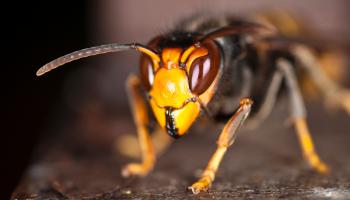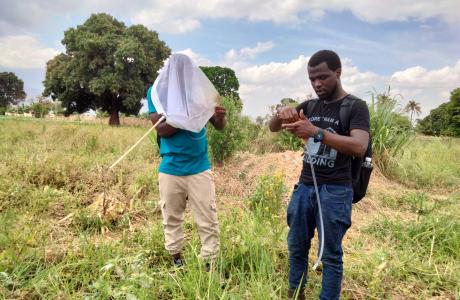Invasive species of European concern get a factsheet
Scientists from the Royal Belgian Institute of Natural Sciences and the Royal Museum for Central Africa have published factsheets for dozens of invasive species that are of concern to Europe. These factsheets more specifically evaluate the relevance of genetic techniques to identify such species. The factsheets aim to inform policy makers and provide authorities with an identification tool.

Exotic species can become invasive and can damage local biodiversity, economy or health. The European Commission adopted a regulation for the prevention and management of the introduction and spread of invasive alien species. The Commission published a list that contains dozens of species that can cause damage on a scale that justifies dedicated measures across the Union.
Identify more accurately through DNA
Quick and accurate identification is crucial to detect invasive species in an early phase and to implement effective measures.
Sophie Gombeer, scientist at RBINS explains: ‘Sometimes, the morphology of an animal or a plant is not enough to identify it to the species level. For example, ‘cryptic species’ are different species with very similar morphologies. Insect larvae can also be very difficult to identify, even for experts.’
This is the reason why a team from RBINS and RMCA assessed the potential of DNA-based techniques to identify invasive species.
Results published online
Kenny Meganck, researcher at the Royal Museum for Central Africa: ‘Each factsheet presents an invasive species, its classification, its origin and its geographical distribution. These sheets also evaluate if DNA sequences currently available in the public domain are efficient to identify the specified species.’
All the factsheets are freely available through the BopCo website.
BopCo
BopCo (Barcoding Facility for Organisms and Tissues of Policy Concern) is a team of biologists, shared by the Royal Museum for Central Africa and the Royal Belgian Institute of Natural Sciences, that quickly and efficiently identifies animal and plant species, based on morphology and genetics. The team answers to varied requests, from customs (regarding bushmeat or protected species for example), aerial forces (to identify birds after collision with an aircraft), private individuals, etc.
The BopCo project is financed by the Belgian Science Policy Office (BELSPO) and is the Belgian Federal in-kind contribution to the European Research Infrastructure Consortium LifeWatch.
- Invasive alien species' factsheets
- BopCo website
- For more information or if you want to send a specimen to be identified, do not hesitate to contact the BopCo team.
- The Belgian Science Policy Office (BELSPO)
- LifeWatch


